(Prices correct as of today’s date, are updated daily, are subject to change and represent genuine availability at time of update).
Cruise only holidays are financially protected by ABTA. Fly cruise holidays are financially protected by Royal Caribbean International under ATOL number 3088
Please click here to check the essential travel requirements before booking this cruise.
Want to add a hotel stay or change your flights?
Just call our team of cruise specialists to help build your dream cruise holiday today!
Prices based on 2 people sharing. Cruise only price does not include flights. Fly-cruise price may vary by chosen UK airport.
Itinerary
Ravenna
A small, quiet, well-heeled city, Ravenna has brick palaces, cobblestone streets, magnificent monuments, and spectacular Byzantine mosaics. The high point in its civic history occurred in the 5th century, when Pope Honorious moved his court here from Rome. Gothic kings Odoacer and Theodori... Read More
Ravenna
At Sea
Messina
Civitavecchia
La Spezia
Villefranche-sur-Mer
Marseille
Barcelona
What's Included with
Royal Caribbean International
One of the main benefits of a cruise holiday is not having to worry about all the finer details - everything is taken care of in advance, so your only job is to relax and enjoy the experience!
Accommodation, food, soft drinks and refreshments are all included and enjoy speciality restaurants at a supplementary cost. You can also sit back and relax by enjoying on-board entertainment, activities and facilities. Fancy a late night dip in the pool, a spin on the roulette wheel or an evening out at the ship’s theatre? You’ll be spoilt for choice!
There are plenty of family-friendly options on board many Royal Caribbean cruise ships, too. A host of enjoyable youth programmes ensure your whole family will have a fantastic time while sailing to your exciting destination.
Accommodation
Breakfast, lunch, dinner and snacks in a choice of included dining venues
Entertainment throughout the day and evening
Use of swimming pools, hot tubs, fitness centre and leisure facilities where available
Return flights included from a choice of UK airports (fly cruise bookings only)
Port taxes
Selected hot drinks, iced tea, lemonade, juices, and water in selected venues
Porterage of luggage from port to cabin
Youth programmes for babies to 17-year-olds
Sailaway parties, themed nights and deck parties
Shuttle service to and from ports and airport where available
Everything you need right at your fingertips! Includes accommodation, meals, entertainment and onboard activities. Plus, drinks such as water, squash, tea and coffee are also free of charge.
Explore Voyager of the Seas
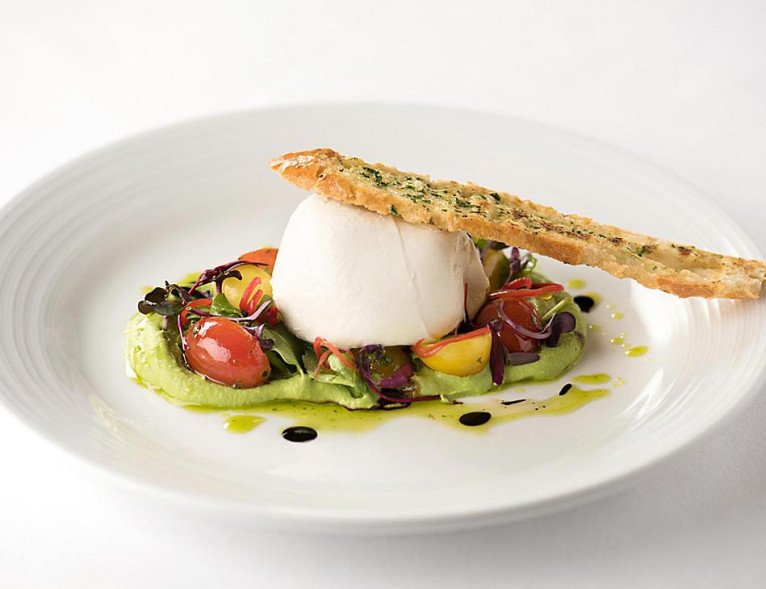





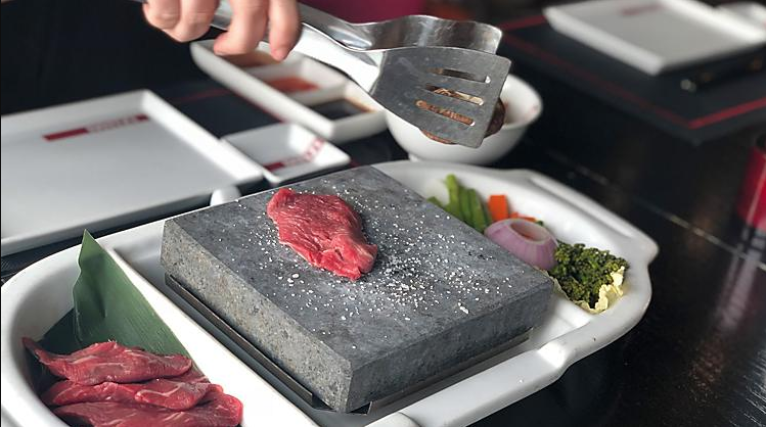

Main Dining Room
GOURMET COURSES
In the Main Dining Room, you can experience flavours that take you from Jamaica to Jaipur, a rotating menu of delicious dishes always offering something unexpected. A multi-level restaurant that in the morning is the perfect spot to enjoy a hearty brunch paired with refreshing mimosas, at dinnertime transforms into a world class dining experience with a menu that invites you to taste your way around the world course by course.
ATTIRE
Smart Casual
MENU HIGHLIGHTS
Many of the dishes on the Main Dining Room’s menu rotate each night, which means you could go an entire week without ever repeating a course. Every meal here begins with something delicious from the starters section of the menu — like savoury duck terrine layered with apricot chutney on toasted sourdough bread, a flaky Vidalia onion tart baked with whipped eggs, cream, and smoked bacon, or spiced eggplant and Kalamata olive tartare prepared with red pepper hummus and served on crispy garlic bread. Then, choose from international entrees like Moroccan spiced ahi tuna served over mint couscous, sautéed spinach and tequila peppers with a cool yogurt vinaigrette. Or mojo-marinated bone-in pork loin paired with sweet potatoes, broccoli and a cumin-citrus reduction. Dessert is also worth getting excited about, with options like sweet cream-soaked tres leches, home-style carrot cake with cream cheese frosting, and a light and fluffy Grand Marnier soufflé.
NOTE
Food offerings may differ by ship and sailing.
PRO TIP
The food in the Main Dining Room is complimentary, and you can order as many courses as you like.






Shore Excursions & Guided Tours
Whether you dream of trailblazing through the Alaskan tundra, learning how to whip up traditional Mediterranean dishes on the Greek isles, or sampling rum at centuries-old distilleries in the Caribbean, you’ll find the world is brimming with full day adventures — and nobody takes you deeper than Shore Excursions. Explore every shore your way with excursions and guided shore trips designed to thrill all kinds of traveler, from couples craving a little extra romance to families looking to bond over bucket list moments. No matter what kind of vacation experience you’re after, you’ll find new and exciting ways to make memories on your next getaway with a Shore Excursion. Unleash your inner explorer and discover bold new ways to connect with the people, culture and places around you as you cruise from one unforgettable port of call to another.




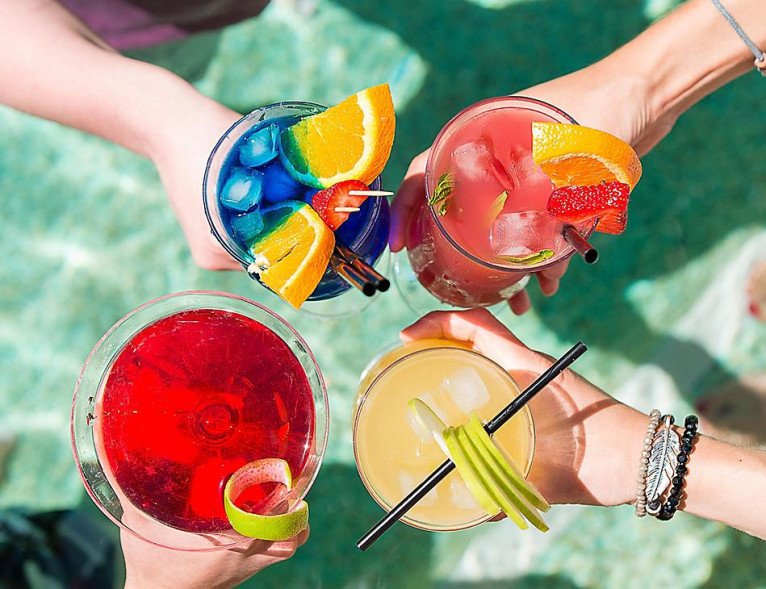
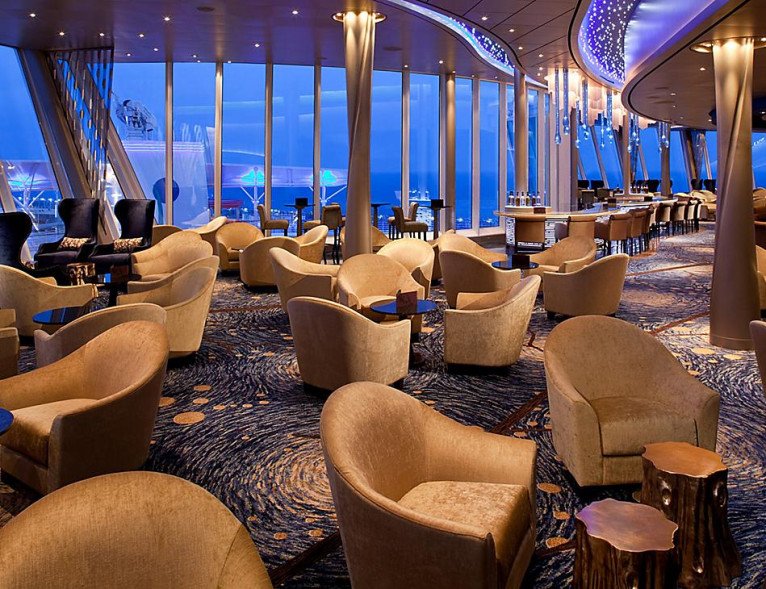









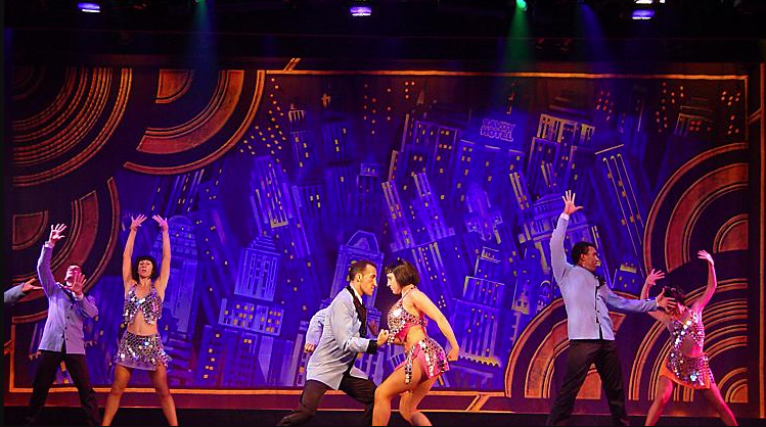
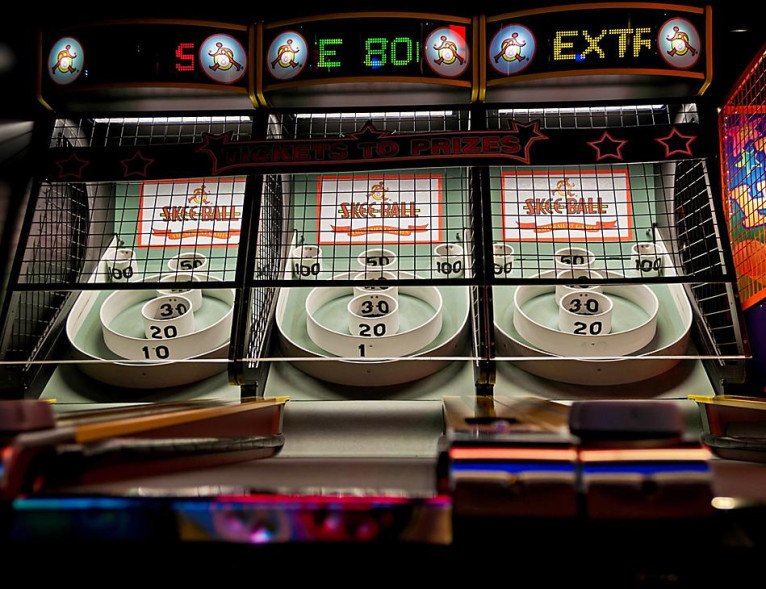



FlowRider®
NOW BOARDING FOR ADVENTURE
Grab your board and get ready for 100,000 litres of rushing amazingness headed your way. The surf’s always up on the 12-metre-long FlowRider® surf simulator.
RESTRICTIONS
Boogie board height requirement: 1.32 metres, stand up 1.47 metres
HOW TO RESERVE
Cruise Planner
PRIVATE SESSIONS
3 prices for sessions: $69, $345, $552





Spa & Fitness Centre
AHH INSPIRING
A luxurious sanctuary offering signature treatments, medi-spa services and a full-service salon to make you glow from the inside out. Browse our spa menu for pricing.
RESTRICTIONS
16 and above
HOW TO RESERVE
Cruise Planner or Onboard
ADDITIONAL FEES APPLY
Prices vary per service
NOTE
Services vary by ship


Adventure Ocean®
SMALL HANDS ON DECK
'Are we there yet?' is a thing of the past. We keep every child entertained with games, events, age-appropriate activities and more in our award-winning Youth Program.
AGE RANGE
3-11 years
INSIDER TIPS
Adventure Ocean space varies by ship
Deck 15

- Skylight Chapel
Deck 14

- Viking Crown Lounge
- High Notes
- Izumi
- Suite Lounge
Deck 13

- Rock Climbing Wall
- Sports Court
- The Perfect Storm
- Flowrider
- Voyager Dunes
Deck 12

- Sky Bar
- Running Track
- Nursery
- Vitality at Sea Fitness Centre
- Arcade
- Adventure Ocean
- Vitality at Sea Spa
- Teens
- Outdoor Youth Area
- Ocean View Panoramic Suite (No Balcony)
- Ocean View Balcony
- Connecting Oceanview Balcony
- Spacious Panoramic Ocean View - x1 Accessible Staterooms
- Interior
Deck 11

- Whirlpools
- Solarium
- Swimming Pools
- Solarium Bar
- Pool Bar
- Padi Dive Shop
- Outdoor Movie Screen
- Bar
- Chops Grille
- Windjammer
- Junior Suite
- Ocean View Balcony
- Interior
Deck 10

- Grand Suite - 1 bedroom
- Junior Suite - x2 Accessible Suites
- Royal Suite - 1 bedroom
- Owner's Suite - 1 bedroom
- Ocean View Balcony
- Spacious Ocean View Balcony
- Connecting Oceanview Balcony
- Interior
- Interior with Virtual Balcony - x3 Accessible Staterooms
Deck 9

- Junior Suite
- Grand Suite - 2 bedroom
- Ocean View Balcony
- Spacious Ocean View Balcony
- Spacious Ocean View
- Ultra Spacious Ocean View
- Ocean View
- Interior - x4 Accessible Staterooms
- Interior with Virtual Balcony
Deck 8

- Grand Suite - 2 bedroom
- Ocean View Balcony
- Spacious Ocean View Balcony
- Connecting Oceanview Balcony
- Spacious Ocean View
- Ultra Spacious Ocean View
- Interior
- Promenade View Interior
- Connecting Promenade Interior
Deck 7

- Library
- RC Online
- Junior Suite
- Ocean View Balcony
- Spacious Ocean View Balcony - x4 Accessible Staterooms
- Connecting Oceanview Balcony
- Spacious Ocean View
- Ultra Spacious Ocean View
- Ocean View
- Interior
- Promenade View Interior - x1 Accessible Stateroom
- Connecting Promenade Interior
Deck 6

- Next Cruise Information Desk
- Junior Suite
- Ocean View Balcony
- Spacious Ocean View Balcony - x4 Accessible Staterooms
- Connecting Oceanview Balcony
- Spacious Ocean View
- Ultra Spacious Ocean View
- Ocean View
- Interior
- Promenade View Interior
- Connecting Promenade Interior
Deck 5

- Star Lounge
- Diamond Club
- Café Promenade
- Retail Shops
- Ice Cream Parlour
- Pig & Whistle Pub
- Royal Promenade
- Shore Excursions
- R Bar
- Guest Services
- Main Dining Room
Deck 4

- Royal Theatre
- Giovanni's Table
- Schooner Bar
- Casino Royale
- The Tavern
- Art Gallery
- Main Dining Room
Deck 3

- Royal Theatre
- Studio B
- Focus Photo Gallery
- Main Dining Room
- Ocean View
- Interior
Deck 2

- Loyalty Desk
- Conference Centre
- Ocean View - x6 Accessible Staterooms
Voyager of the Seas Cabins & Suites





Connecting Promenade Interior





Ultra Spacious Ocean View




Spacious Ocean View Balcony







Royal Suite - 1 bedroom
Other dates available
27 Apr 2025
Royal Caribbean International
7 Night Western Mediterranean Cruise
from £5846pp
01 May 2025
Royal Caribbean International
7 Night Western Mediterranean Cruise
from £1265pp
04 May 2025
Royal Caribbean International
7 Night Western Mediterranean Cruise
from £2143pp
08 May 2025
Royal Caribbean International
7 Night Western Mediterranean Cruise
from £1338pp
11 May 2025
Royal Caribbean International
7 Night Western Mediterranean Cruise
from £1038pp
18 May 2025
Royal Caribbean International
7 Night Western Mediterranean Cruise
from £1063pp
25 May 2025
Royal Caribbean International
7 Night Western Mediterranean Cruise
from £1172pp
29 May 2025
Royal Caribbean International
7 Night Western Mediterranean Cruise
from £1402pp
01 Jun 2025
Royal Caribbean International
7 Night Western Mediterranean Cruise
from £1433pp
05 Jun 2025
Royal Caribbean International
7 Night Western Mediterranean Cruise
from £1156pp
08 Jun 2025
Royal Caribbean International
7 Night Western Mediterranean Cruise
from £1138pp
12 Jun 2025
Royal Caribbean International
7 Night Western Mediterranean Cruise
from £1320pp
15 Jun 2025
Royal Caribbean International
7 Night Western Mediterranean Cruise
from £1181pp
19 Jun 2025
Royal Caribbean International
7 Night Western Mediterranean Cruise
from £1822pp
26 Jun 2025
Royal Caribbean International
7 Night Western Mediterranean Cruise
from £1601pp
29 Jun 2025
Royal Caribbean International
7 Night Western Mediterranean Cruise
from £1099pp
30 Jun 2025
Royal Caribbean International
7 Night Western Mediterranean Cruise
from £1249pp
03 Jul 2025
Royal Caribbean International
7 Night Western Mediterranean Cruise
from £1847pp
06 Jul 2025
Royal Caribbean International
7 Night Western Mediterranean Cruise
from £1502pp
10 Jul 2025
Royal Caribbean International
7 Night Western Mediterranean Cruise
from £2133pp
20 Jul 2025
Royal Caribbean International
7 Night Western Mediterranean Cruise
from £9444pp
24 Jul 2025
Royal Caribbean International
7 Night Western Mediterranean Cruise
from £1879pp
27 Jul 2025
Royal Caribbean International
7 Night Western Mediterranean Cruise
from £1129pp
31 Jul 2025
Royal Caribbean International
7 Night Western Mediterranean Cruise
from £1609pp
03 Aug 2025
Royal Caribbean International
7 Night Western Mediterranean Cruise
from £1341pp
07 Aug 2025
Royal Caribbean International
7 Night Western Mediterranean Cruise
from £1431pp
10 Aug 2025
Royal Caribbean International
7 Night Western Mediterranean Cruise
from £1250pp
14 Aug 2025
Royal Caribbean International
7 Night Western Mediterranean Cruise
from £1911pp
17 Aug 2025
Royal Caribbean International
7 Night Western Mediterranean Cruise
from £1571pp
21 Aug 2025
Royal Caribbean International
7 Night Western Mediterranean Cruise
from £1847pp
24 Aug 2025
Royal Caribbean International
7 Night Western Mediterranean Cruise
from £1718pp
28 Aug 2025
Royal Caribbean International
7 Night Western Mediterranean Cruise
from £1307pp
31 Aug 2025
Royal Caribbean International
7 Night Western Mediterranean Cruise
from £1008pp
04 Sep 2025
Royal Caribbean International
7 Night Western Mediterranean Cruise
from £1149pp
07 Sep 2025
Royal Caribbean International
7 Night Western Mediterranean Cruise
from £1097pp
11 Sep 2025
Royal Caribbean International
7 Night Western Mediterranean Cruise
from £1412pp
14 Sep 2025
Royal Caribbean International
7 Night Western Mediterranean Cruise
from £1050pp
18 Sep 2025
Royal Caribbean International
7 Night Western Mediterranean Cruise
from £1188pp
21 Sep 2025
Royal Caribbean International
7 Night Western Mediterranean Cruise
from £1015pp
22 Sep 2025
Royal Caribbean International
7 Night Western Mediterranean Cruise
from £1118pp
25 Sep 2025
Royal Caribbean International
7 Night Western Mediterranean Cruise
from £1312pp
28 Sep 2025
Royal Caribbean International
7 Night Western Mediterranean Cruise
from £1257pp
02 Oct 2025
Royal Caribbean International
7 Night Western Mediterranean Cruise
from £1141pp
05 Oct 2025
Royal Caribbean International
7 Night Western Mediterranean Cruise
from £955pp
09 Oct 2025
Royal Caribbean International
7 Night Western Mediterranean Cruise
from £1343pp
12 Oct 2025
Royal Caribbean International
7 Night Western Mediterranean Cruise
from £1048pp
16 Oct 2025
Royal Caribbean International
7 Night Western Mediterranean Cruise
from £1030pp
19 Oct 2025
Royal Caribbean International
7 Night Western Mediterranean Cruise
from £1004pp
24 May 2026
Royal Caribbean International
7 Night Western Mediterranean Cruise
from £1695pp
31 May 2026
Royal Caribbean International
7 Night Western Mediterranean Cruise
from £1458pp
07 Jun 2026
Royal Caribbean International
7 Night Western Mediterranean Cruise
from £1524pp
28 Jun 2026
Royal Caribbean International
7 Night Western Mediterranean Cruise
from £1399pp
05 Jul 2026
Royal Caribbean International
7 Night Western Mediterranean Cruise
from £1399pp
12 Jul 2026
Royal Caribbean International
7 Night Western Mediterranean Cruise
from £1484pp
19 Jul 2026
Royal Caribbean International
7 Night Western Mediterranean Cruise
from £1535pp
02 Aug 2026
Royal Caribbean International
7 Night Western Mediterranean Cruise
from £2173pp
16 Aug 2026
Royal Caribbean International
7 Night Western Mediterranean Cruise
from £2121pp
20 Aug 2026
Royal Caribbean International
7 Night Western Mediterranean Cruise
from £2285pp
23 Aug 2026
Royal Caribbean International
7 Night Western Mediterranean Cruise
from £1978pp
27 Aug 2026
Royal Caribbean International
7 Night Western Mediterranean Cruise
from £2242pp
30 Aug 2026
Royal Caribbean International
7 Night Western Mediterranean Cruise
from £1841pp
03 Sep 2026
Royal Caribbean International
7 Night Western Mediterranean Cruise
from £2186pp
06 Sep 2026
Royal Caribbean International
7 Night Western Mediterranean Cruise
from £1701pp
10 Sep 2026
Royal Caribbean International
7 Night Western Mediterranean Cruise
from £2066pp
13 Sep 2026
Royal Caribbean International
7 Night Western Mediterranean Cruise
from £1592pp
17 Sep 2026
Royal Caribbean International
7 Night Western Mediterranean Cruise
from £2073pp
20 Sep 2026
Royal Caribbean International
7 Night Western Mediterranean Cruise
from £1605pp
24 Sep 2026
Royal Caribbean International
7 Night Western Mediterranean Cruise
from £2038pp
27 Sep 2026
Royal Caribbean International
7 Night Western Mediterranean Cruise
from £1480pp
01 Oct 2026
Royal Caribbean International
7 Night Western Mediterranean Cruise
from £2189pp
04 Oct 2026
Royal Caribbean International
7 Night Western Mediterranean Cruise
from £1537pp
08 Oct 2026
Royal Caribbean International
7 Night Western Mediterranean Cruise
from £2113pp
11 Oct 2026
Royal Caribbean International
7 Night Western Mediterranean Cruise
from £1531pp
15 Oct 2026
Royal Caribbean International
7 Night Western Mediterranean Cruise
from £2159pp
18 Oct 2026
Royal Caribbean International
7 Night Western Mediterranean Cruise
from £1561pp



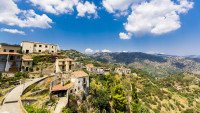
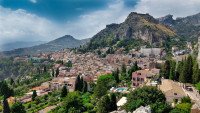
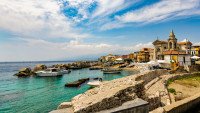
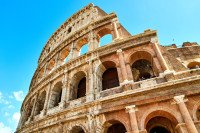
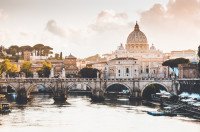
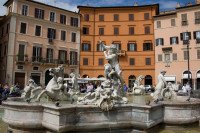
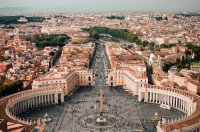
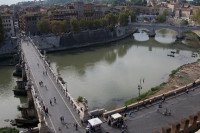
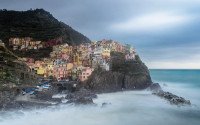
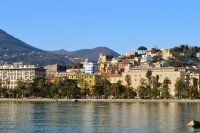

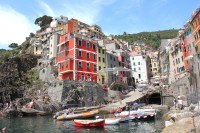



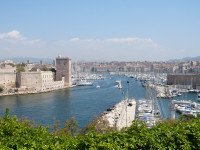
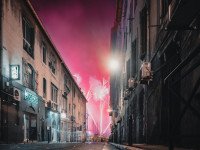

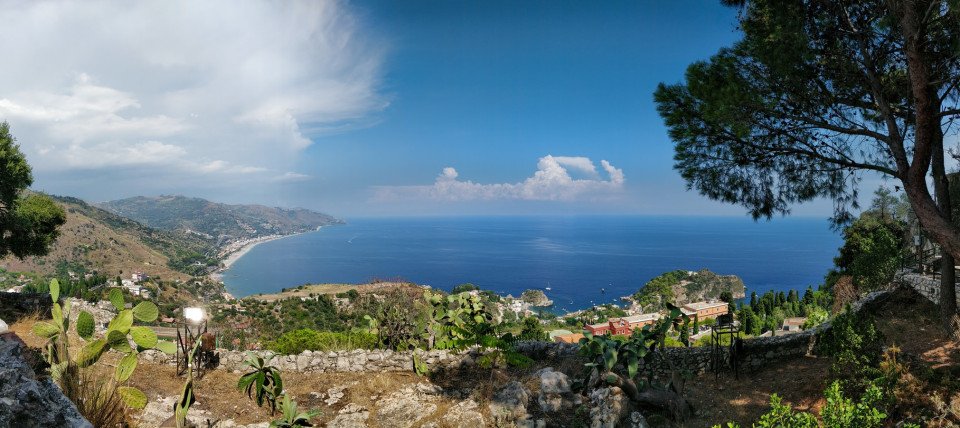
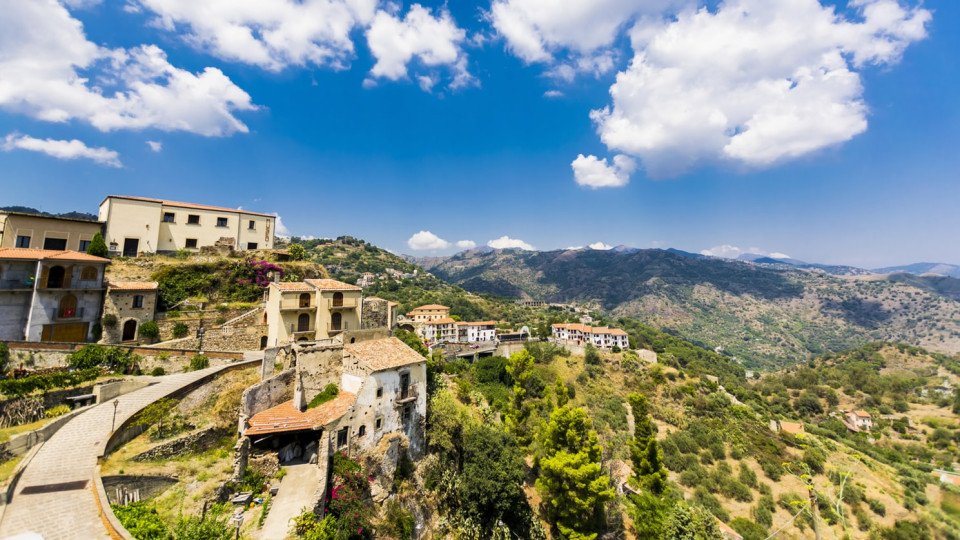
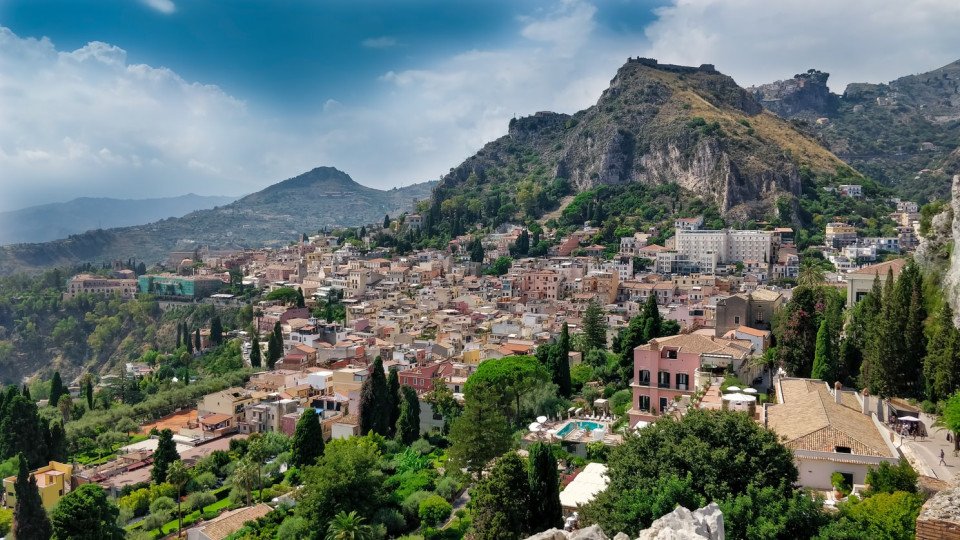
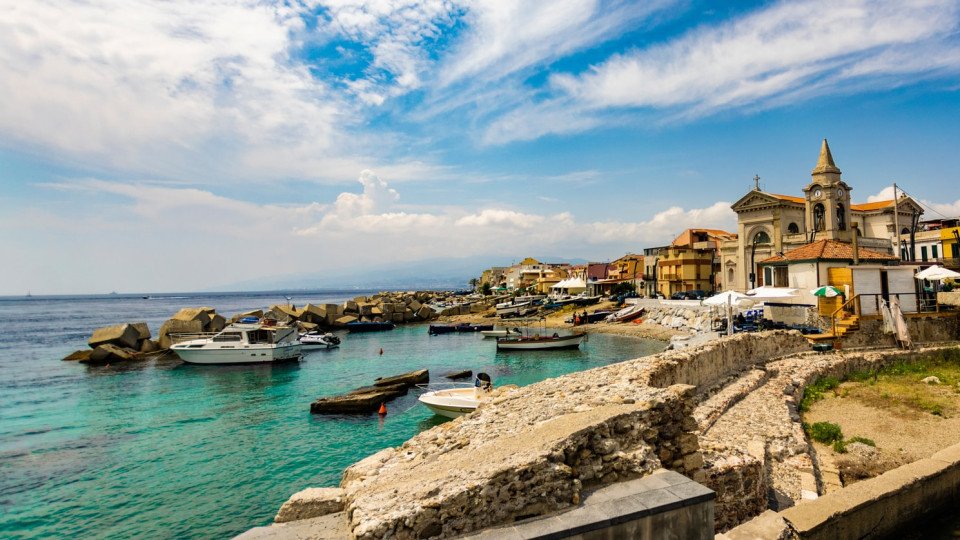
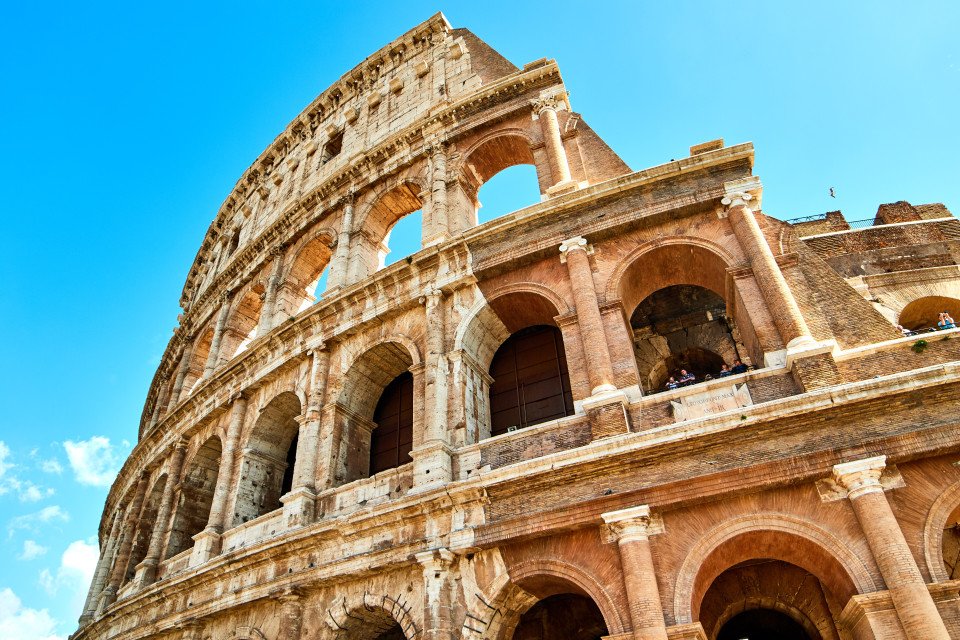
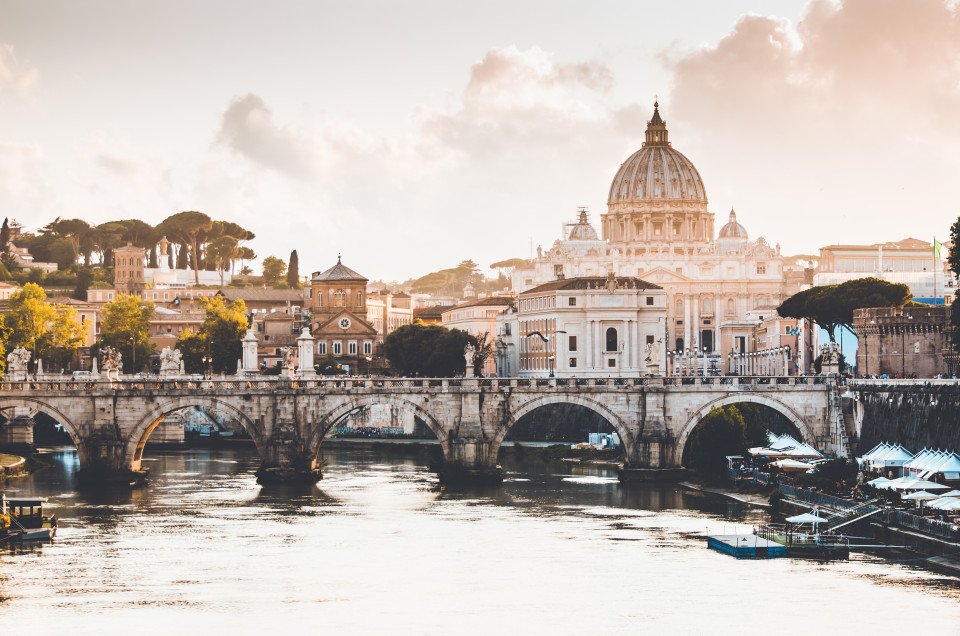
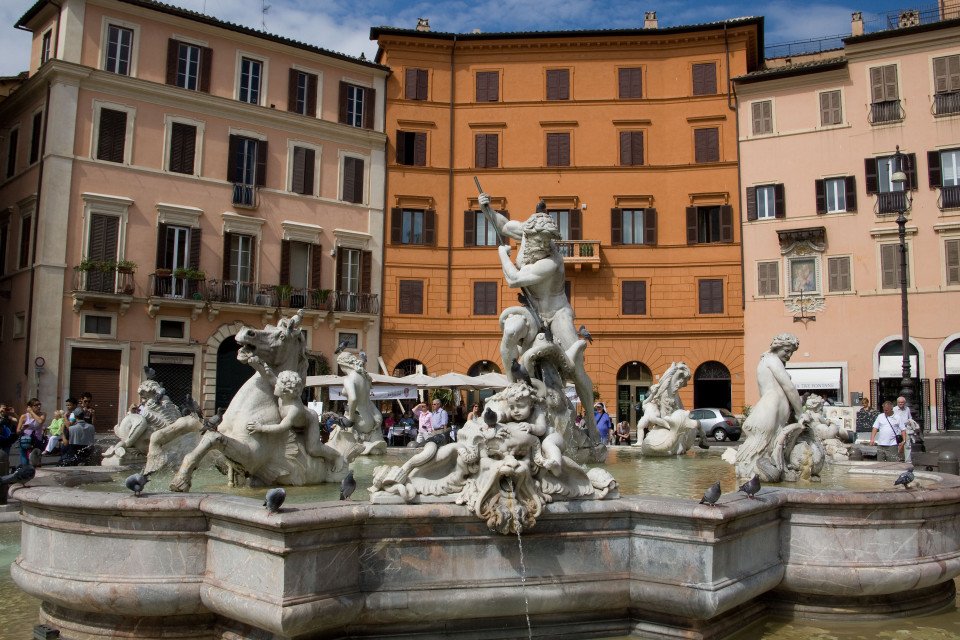

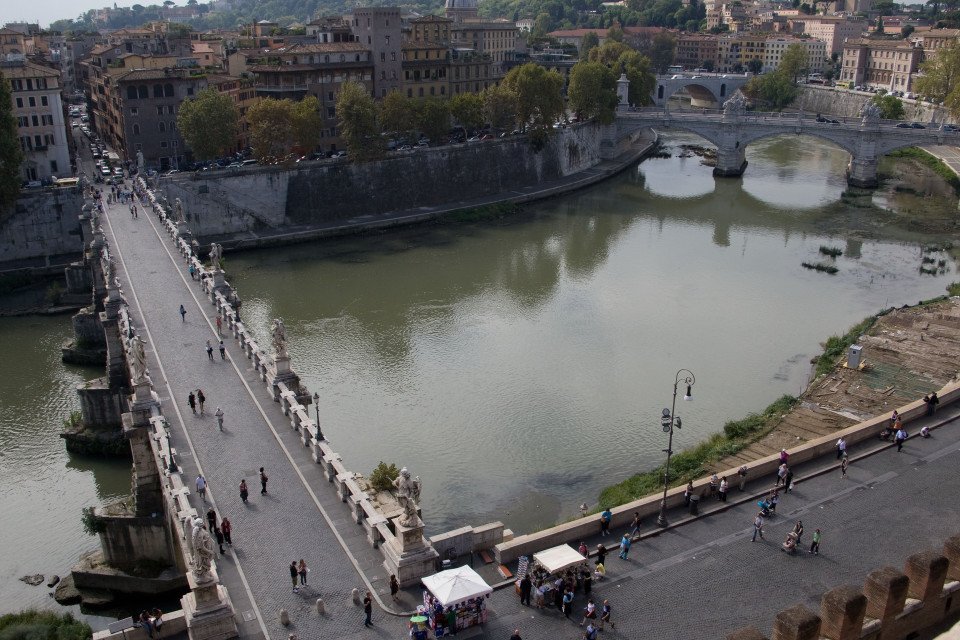
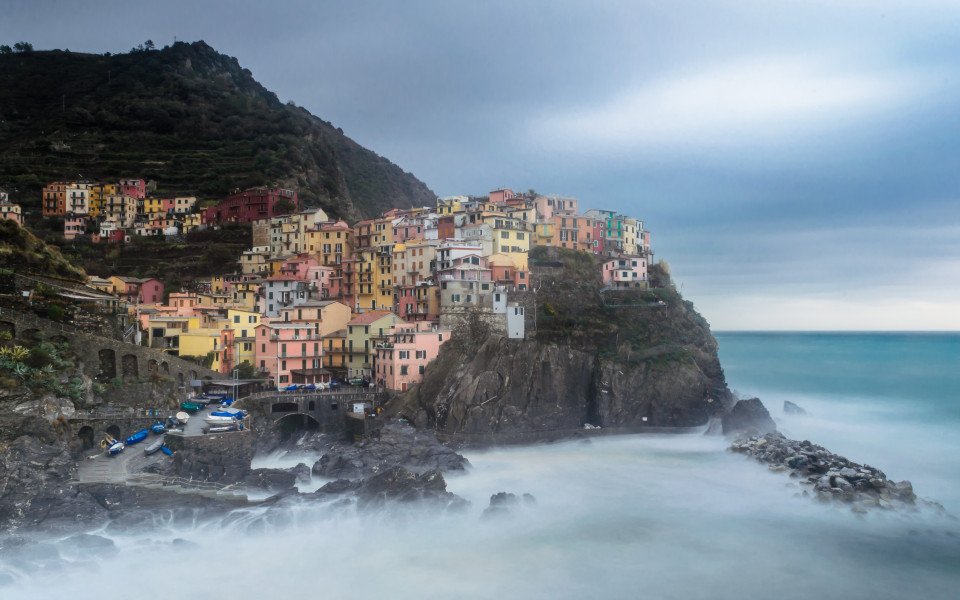
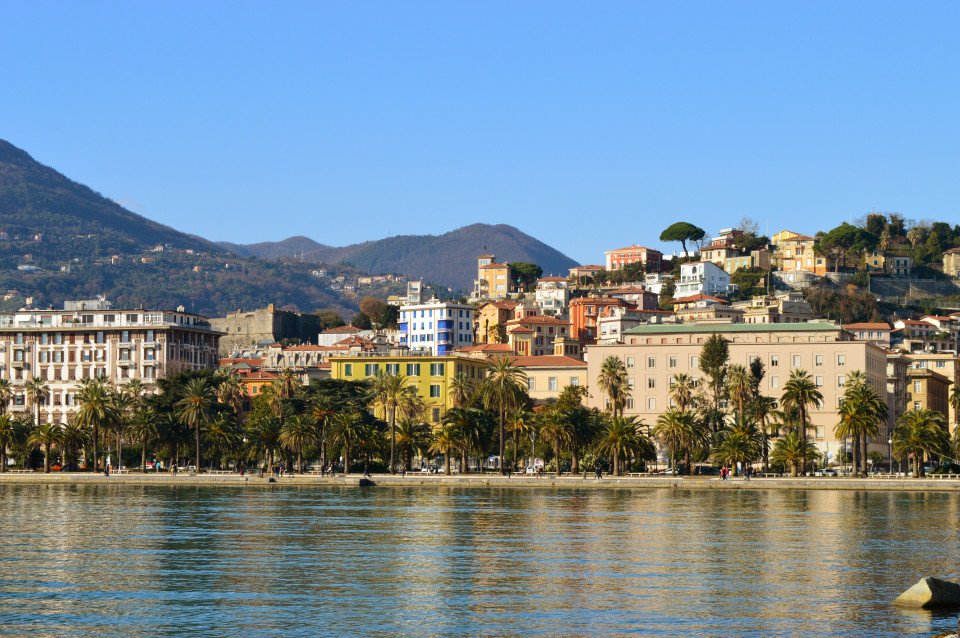
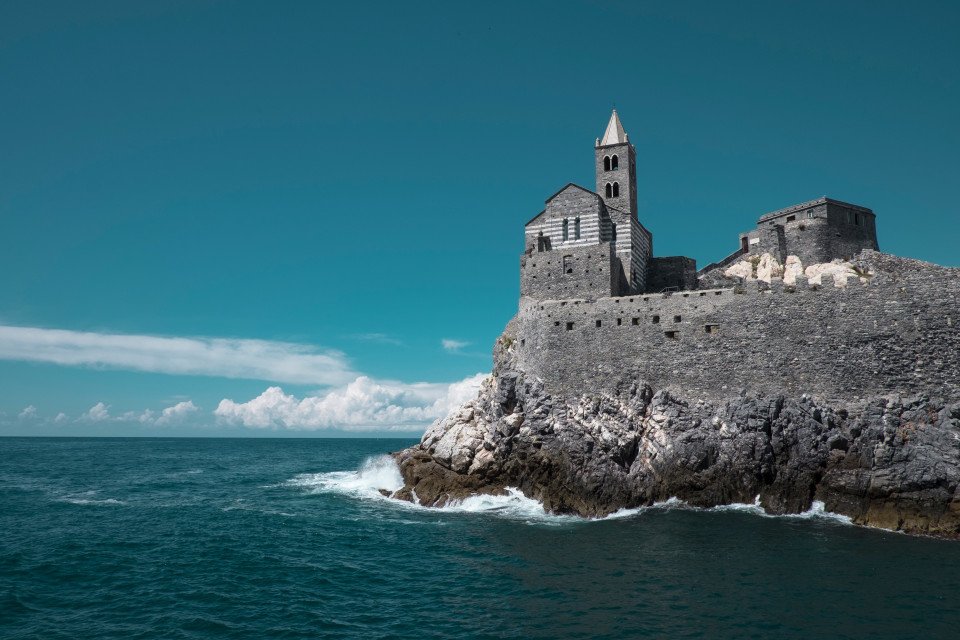
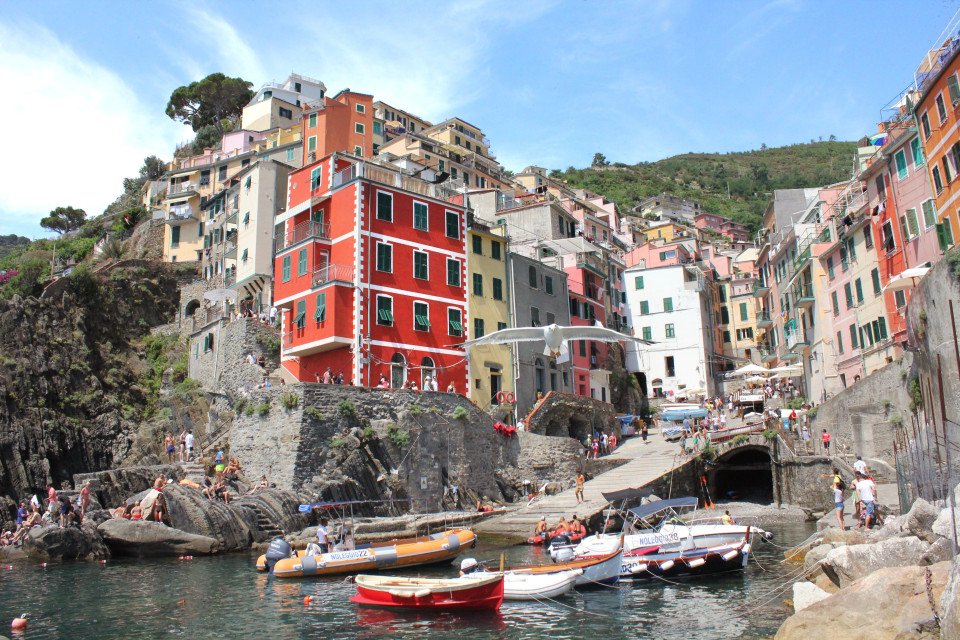
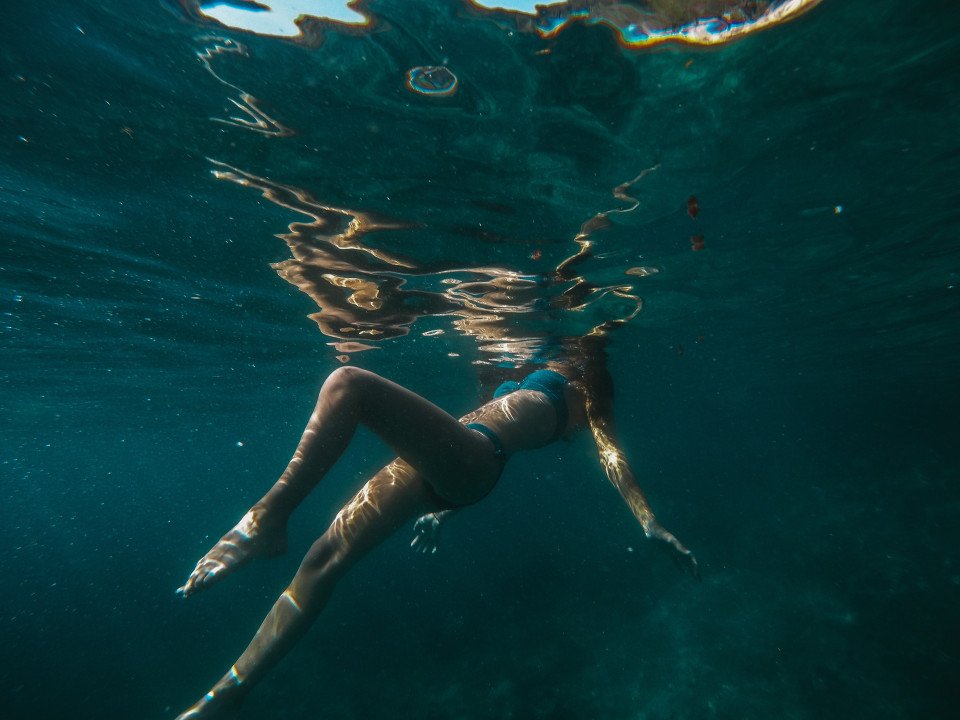
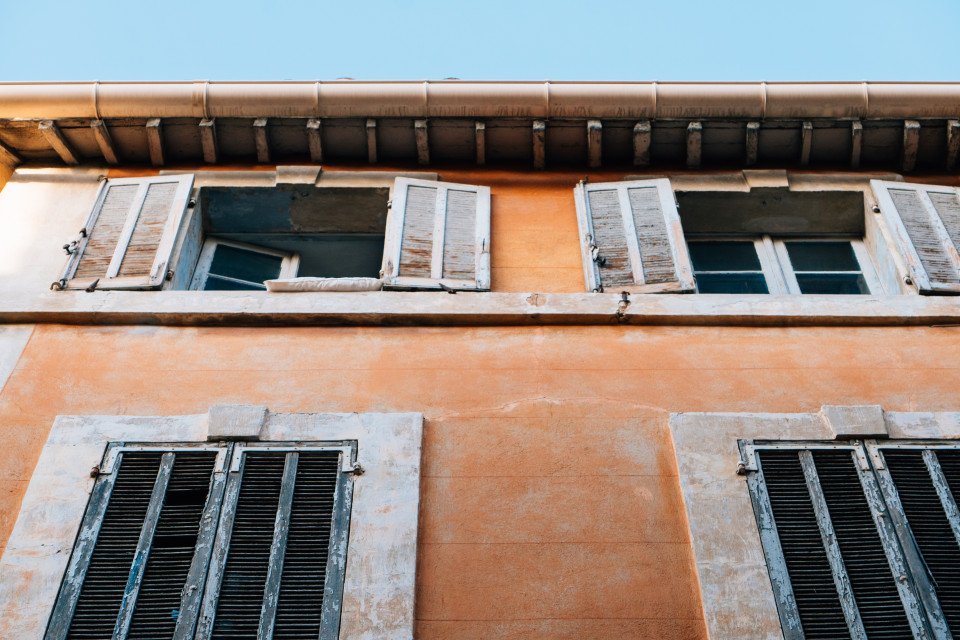
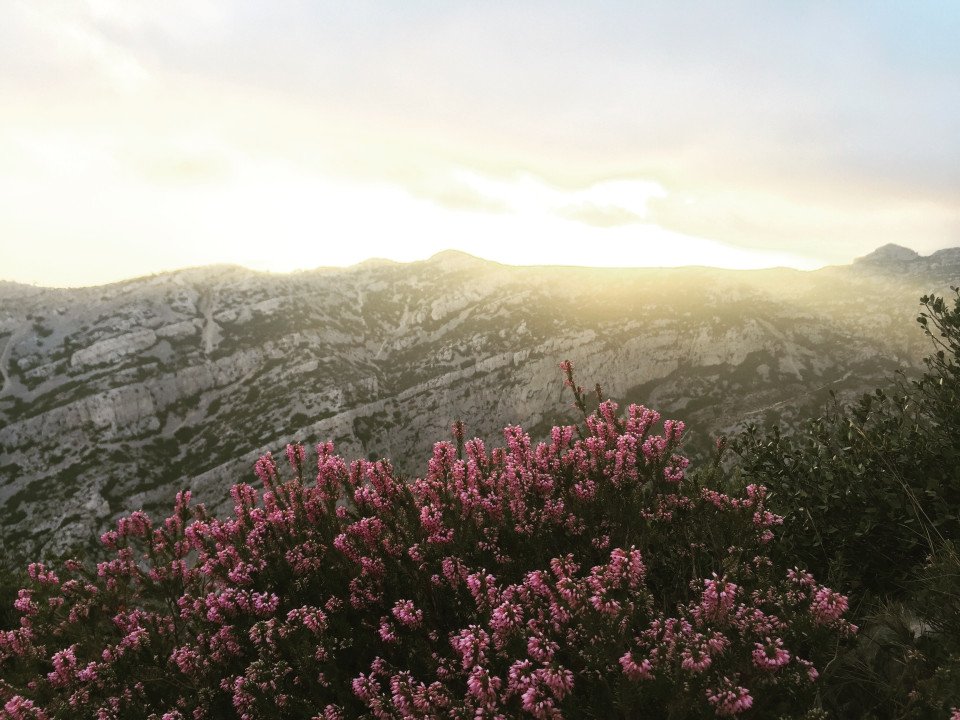

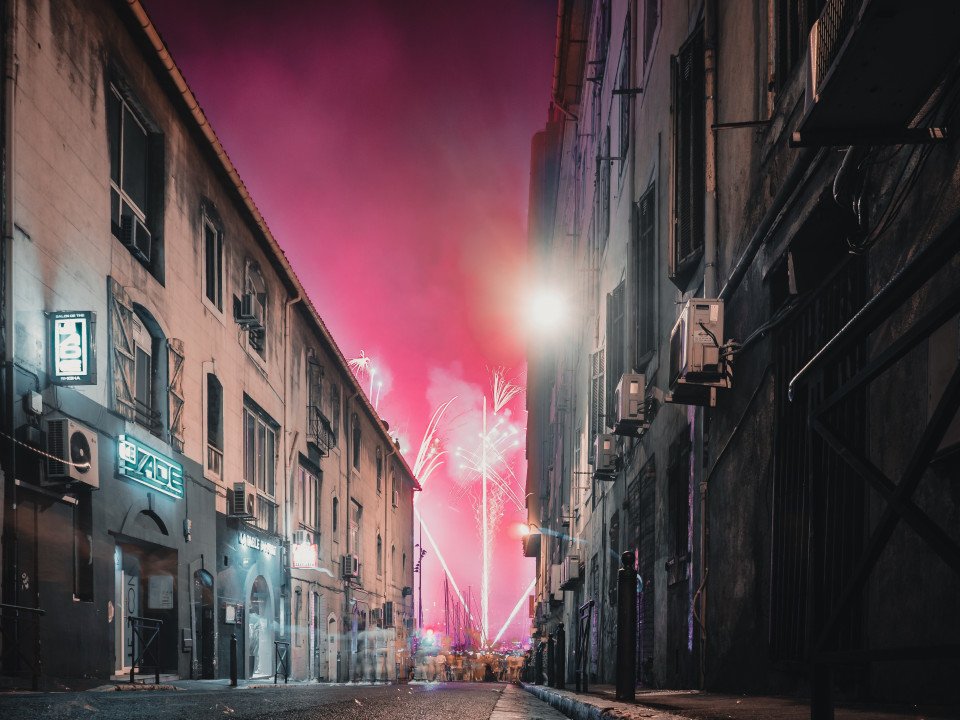


-large_thumb.jpg)









